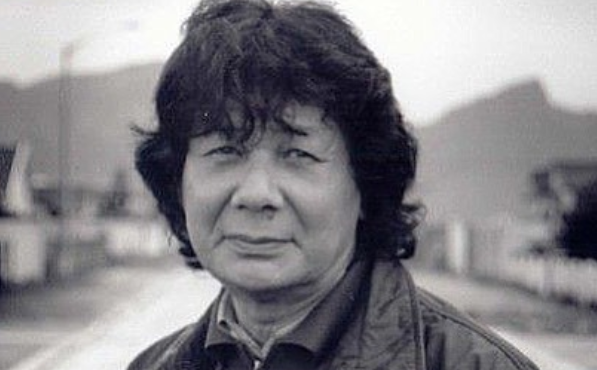George Hallett, the veteran Cape Town photographer known for his anti-Apartheid work has died at age 78.
“My father died peacefully in his sleep today, after a long illness. We will always remember him for his light, his laughter, his boisterous personality, his outrageous jokes and being the life and soul of many a party,” his daughter Maymoena Hallett posted on Facebook on Wednesday [July 1].
“Nobody can doubt his artistry in capturing beauty and joy in everything he saw through his eyes and his lens, nor his contribution to photography, particularly South African photography. Rest In Power Papa G.”
Hallett was known for his photography of District Six during Apartheid, as well as his work during the onset of democracy in 1994. He is responsible for a wealth of footage that documented former president Nelson Mandela in his early years in office.
In 1997 he was the official photographer for the Truth and Reconciliation Commission, according to News24.
Many have emphasised Hallett’s humanitarian onslaught and Cape Town’s MOMO Gallery called him a “documentarian of marginalised spaces.”
Tributes to Hallett by other photographers poured in on social media. Take a look at some his captivating work:
Details about his memorial are yet to be released.
Picture: Instagram/gallerymomo

